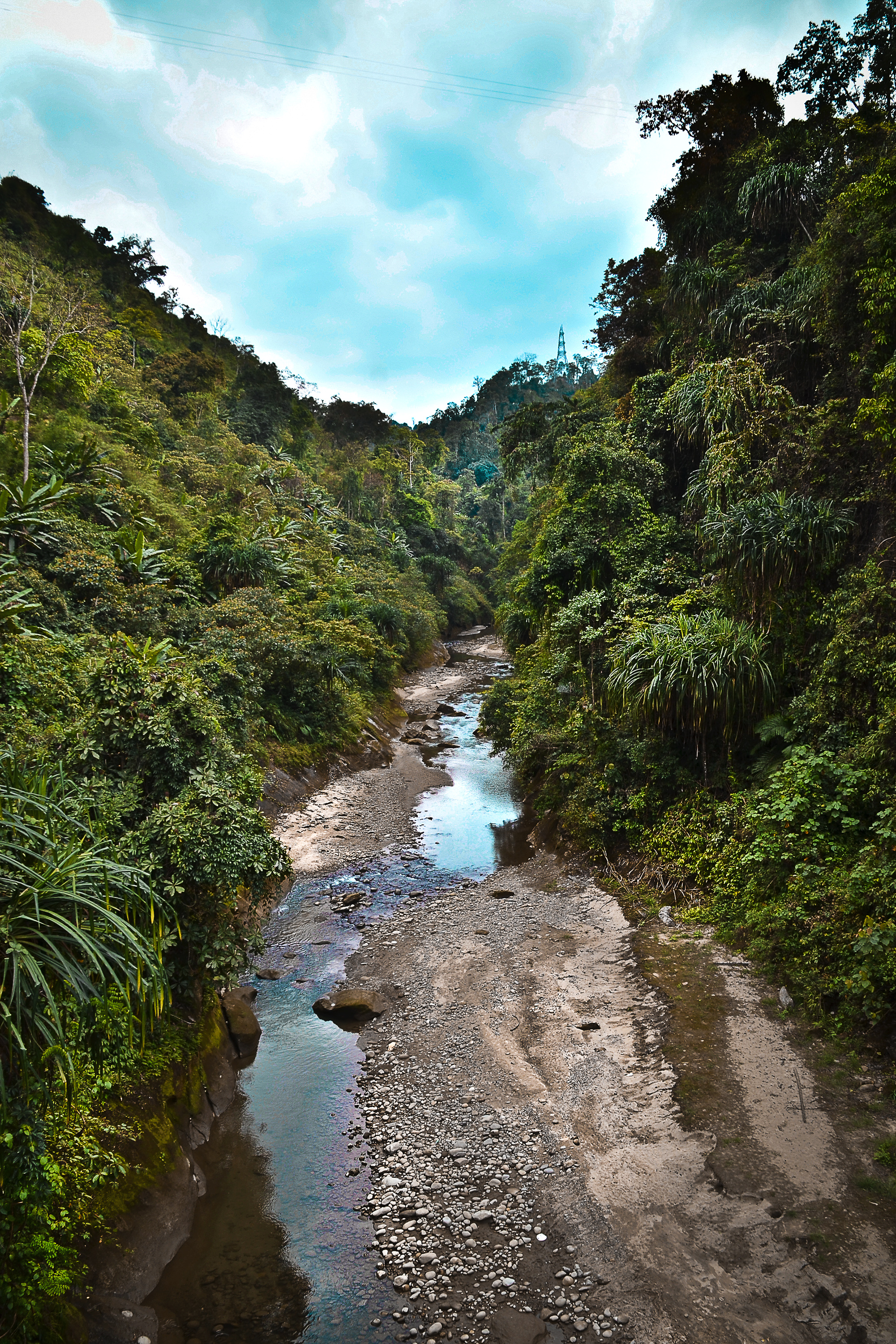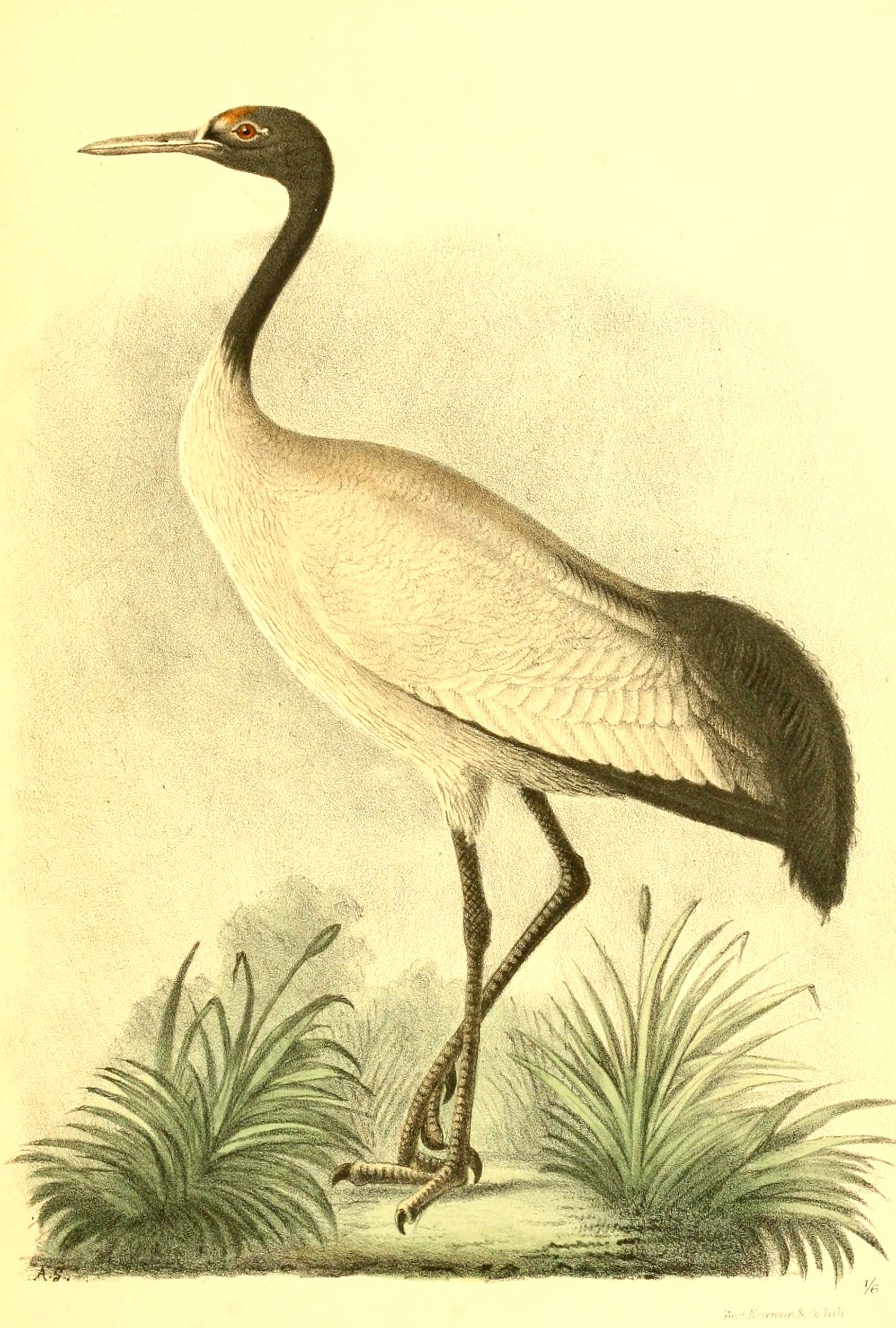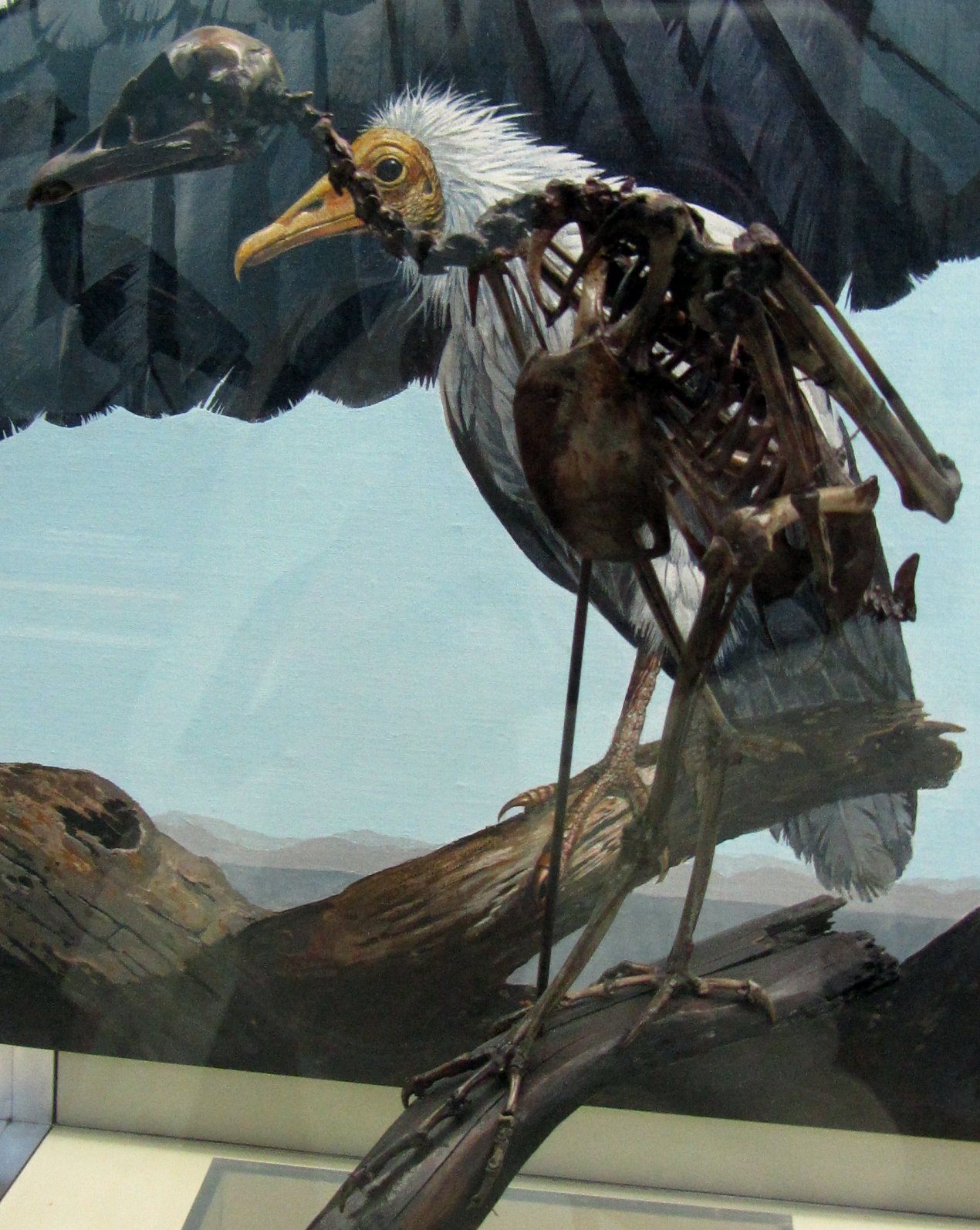|
Eaglenest Wildlife Sanctuary
Eaglenest or Eagle's Nest Wildlife Sanctuary is a protected area of India in the Himalayan foothills of West Kameng District, Arunachal Pradesh. It conjoins Sessa Orchid Sanctuary to the northeast and Pakhui Tiger Reserve across the Kameng river to the east. Altitude ranges are extreme: from to . It is a part of the Kameng Elephant Reserve. Eaglenest is notable as a prime birding site due to the extraordinary variety, numbers and accessibility of species. Eaglenest derives its name from Red Eagle Division of the Indian army which was posted in the area in the 1950s. Geography and climate Eaglenest and Sessa Orchid Sanctuary together occupy a rough east–west rectangle with Sessa occupying the northeast quadrant. Eaglenest is bounded to the north by Eaglenest Ridge and the reserved forests of the Bugun community (Lama Camp area). Eaglenest adjoins Tawang district to the north. The Bhalukpong–Bomdila highway (and Pakke immediately beyond) are its eastern boundary. There ... [...More Info...] [...Related Items...] OR: [Wikipedia] [Google] [Baidu] |
West Kameng
West Kameng (pronounced ) is a district of Arunachal Pradesh in northeastern India. It accounts for 8.86% of the total area of the state. The name is derived from the Kameng river, a tributary of the Brahmaputra, that flows through the district. History The area around the Kameng river has traditionally come under the control of the Mon kingdom, Bhutan, Tibet and the Ahom kingdom. Tibetan Buddhism got a strong foothold among the tribal groups as early as in the 7th century, where the Kachen Lama constructed the Lhagyala Gompa in Morshing. Whenever loose control was exerted over the area, small, feudal chiefdoms ruled by the Miji and the Aka chiefs dominated control over the area. This can be evidenced in the fact that ruined fortresses like those in Bhalukpong constructed in the 10th to 12th century and the Dirang fort, which was constructed in the 17th century to defend against invasions from neighbouring chiefdoms. Upon the arrival of the British, the entire area b ... [...More Info...] [...Related Items...] OR: [Wikipedia] [Google] [Baidu] |
Canopy (biology)
In biology, the canopy is the aboveground portion of a plant cropping or crop, formed by the collection of individual plant crowns. In forest ecology, canopy also refers to the upper layer or habitat zone, formed by mature tree crowns and including other biological organisms ( epiphytes, lianas, arboreal animals, etc.). The communities that inhabit the canopy layer are thought to be involved in maintaining forest diversity, resilience, and functioning. Sometimes the term canopy is used to refer to the extent of the outer layer of leaves of an individual tree or group of trees. Shade trees normally have a dense canopy that blocks light from lower growing plants. Observation Early observations of canopies were made from the ground using binoculars or by examining fallen material. Researchers would sometimes erroneously rely on extrapolation by using more reachable samples taken from the understory. In some cases, they would use unconventional methods such as chairs susp ... [...More Info...] [...Related Items...] OR: [Wikipedia] [Google] [Baidu] |
Rallidae
The rails, or Rallidae, are a large cosmopolitan family of small- to medium-sized, ground-living birds. The family exhibits considerable diversity and includes the crakes, coots, and gallinules. Many species are associated with wetlands, although the family is found in every terrestrial habitat except dry deserts, polar regions, and alpine areas above the snow line. Members of the Rallidae occur on every continent except Antarctica. Numerous island species are known. The most common rail habitats are marshland and dense forest. They are especially fond of dense vegetation.Horsfall & Robinson (2003): pp. 206–207 Name "Rail" is the anglicized respelling of the French ''râle'', from Old French ''rasle''. It is named from its harsh cry, in Vulgar Latin *''rascula'', from Latin ''rādere'' ("to scrape"). Morphology The rails are a family of small to medium-sized, ground-living birds. They vary in length from and in weight from . Some species have long necks and in many ca ... [...More Info...] [...Related Items...] OR: [Wikipedia] [Google] [Baidu] |
Grus Nigricollis
The black-necked Crane (''Grus nigricollis'') is a medium-sized crane in Asia that breeds on the Tibetan Plateau and remote parts of India and Bhutan. It is 139 cm (55 in) long with a 235 cm (7.8 ft) wingspan, and it weighs 5.5 kg (12 lbs). It is whitish-gray, with a black head, red crown patch, black upper neck and legs, and white patch to the rear of the eye. It has black primaries and secondaries. Both sexes are similar. Some populations are known to make seasonal movements. It is revered in Buddhist traditions and culturally protected across much of its range. A festival in Bhutan celebrates the bird while the Indian union territory of Ladakh has designated it as the state bird. Description This medium-sized crane is mostly grey with a black head and neck. The lores and crown are naked and dull red. A small patch of white feathers are present below and behind the eye. The tail is black and makes it easy to distinguish at a distance from the si ... [...More Info...] [...Related Items...] OR: [Wikipedia] [Google] [Baidu] |
Phasianidae
The Phasianidae are a family (biology), family of heavy, ground-living birds, which includes pheasants, partridges, junglefowl, chickens, Turkey bird, turkeys, Old World quail, and peafowl. The family includes many of the most popular Game (hunting), gamebirds. The family is a large one and includes 185 species divided into 54 genera. It was formerly broken up into two subfamily (biology), subfamilies, the Phasianinae and the Perdicinae. However, this treatment is now known to be paraphyly, paraphyletic and polyphyly, polyphyletic, respectively, and more recent evidence supports breaking it up into two subfamilies: Rollulinae and Phasianinae, with the latter containing multiple Tribe (biology), tribes within two Clade, clades. The New World quail (Odontophoridae) and guineafowl (Numididae) were formerly sometimes included in this family, but are now typically placed in families of their own; conversely, grouse and turkey (bird), turkeys, formerly often treated as distinct families ... [...More Info...] [...Related Items...] OR: [Wikipedia] [Google] [Baidu] |
Falconidae
The falcons and caracaras are around 60 species of diurnal birds of prey that make up the family Falconidae (representing all extant species in the order Falconiformes). The family is divided into three subfamilies, Herpetotherinae, which includes the laughing falcon and forest falcons, Polyborinae, which includes the caracaras, '' Spiziapteryx'' and Falconinae, the falcons and kestrels (''Falco'') and falconets (''Microhierax''). Description Falcons and caracaras are small to medium-sized birds of prey, ranging in size from the black-thighed falconet, which can weigh as little as , to the gyrfalcon, which can weigh as much as . They have strongly hooked bills, sharply curved talons and excellent eyesight. The plumage is usually composed of browns, whites, chestnut, black and grey, often with barring of patterning. There is little difference in the plumage of males and females, although a few species have some sexual dimorphism in boldness of plumage. Distribution and habit ... [...More Info...] [...Related Items...] OR: [Wikipedia] [Google] [Baidu] |
Accipitridae
The Accipitridae is one of the three families within the order Accipitriformes, and is a family of small to large birds with strongly hooked bills and variable morphology based on diet. They feed on a range of prey items from insects to medium-sized mammals, with a number feeding on carrion and a few feeding on fruit. The Accipitridae have a cosmopolitan distribution, being found on all the world's continents (except Antarctica) and a number of oceanic island groups. Some species are migratory. The family contains 255 species which are divided into 70 genera. Many well-known birds such as hawks, eagles, kites, harriers and Old World vultures are included in this group. The osprey is usually placed in a separate family (Pandionidae), as is the secretary bird (Sagittariidae), and the New World vultures are also usually now regarded as a separate family or order. Karyotype data indicate the accipitrids analysed are indeed a distinct monophyletic group. Systematics and phylogeny ... [...More Info...] [...Related Items...] OR: [Wikipedia] [Google] [Baidu] |
Anatidae
The Anatidae are the biological family of water birds that includes ducks, geese, and swans. The family has a cosmopolitan distribution, occurring on all the world's continents except Antarctica. These birds are adapted for swimming, floating on the water surface, and in some cases diving in at least shallow water. The family contains around 174 species in 43 genera. (The magpie goose is no longer considered to be part of the Anatidae and is now placed in its own family, Anseranatidae.) They are generally herbivorous, and are monogamous breeders. A number of species undertake annual migrations. A few species have been domesticated for agriculture, and many others are hunted for food and recreation. Five species have become extinct since 1600, and many more are threatened with extinction. Description and ecology The ducks, geese, and swans are small- to large-sized birds with a broad and elongated general body plan. Diving species vary from this in being rounder. Extant s ... [...More Info...] [...Related Items...] OR: [Wikipedia] [Google] [Baidu] |
Threskiornis Melanocephalus
The black-headed ibis (''Threskiornis melanocephalus''), also known as the Oriental white ibis, Indian white ibis, and black-necked ibis, is a species of wading bird of the ibis family Threskiornithidae which breeds in the South and Southeast Asia from India to the west and as far east as Japan. It is the only native ibis species in its range that has an overall white plumage with a black neck and head. The down-curved beak and legs are also black. Though often referred to as a wetland species, the black-headed ibis forages in a range of natural and man-made habitats. This species of ibis nests only during the rainy season. Description The black-headed ibis is one of several large waterbird species in south and south-east Asia, with adults measuring 65–76 cm in length. The white plumage is starkly contrasted against a conspicuous naked black neck and head, and black down-curved beak. Tails of adults bear light grey ornamental feathers that turn jet black during the breed ... [...More Info...] [...Related Items...] OR: [Wikipedia] [Google] [Baidu] |
Black Stork
The black stork (''Ciconia nigra'') is a large bird in the stork family Ciconiidae. It was first described by Carl Linnaeus in the 10th edition of his ''Systema Naturae''. Measuring on average from beak tip to end of tail with a wingspan, the adult black stork has mainly black plumage, with white underparts, long red legs and a long pointed red beak. A widespread but uncommon species, it breeds in scattered locations across Europe (predominantly in Portugal and Spain, and central and eastern parts), and east across the Palearctic to the Pacific Ocean. It is a long-distance migrant, with European populations wintering in tropical Sub-Saharan Africa, and Asian populations in the Indian subcontinent. When migrating between Europe and Africa, it avoids crossing the Mediterranean Sea and detours via the Levant in the east or the Strait of Gibraltar in the west. An isolated, non-migratory, population occurs in Southern Africa. Unlike the closely related white stork, the black sto ... [...More Info...] [...Related Items...] OR: [Wikipedia] [Google] [Baidu] |
Ardeidae
The herons are long-legged, long-necked, freshwater and coastal birds in the family Ardeidae, with 72 recognised species, some of which are referred to as egrets or bitterns rather than herons. Members of the genera ''Botaurus'' and ''Ixobrychus'' are referred to as bitterns, and, together with the zigzag heron, or zigzag bittern, in the monotypic genus ''Zebrilus'', form a monophyletic group within the Ardeidae. Egrets do not form a biologically distinct group from herons, and tend to be named differently because they are mainly white or have decorative plumes in breeding plumage. Herons, by evolutionary adaptation, have long beaks. The classification of the individual heron/egret species is fraught with difficulty, and no clear consensus exists about the correct placement of many species into either of the two major genera, '' Ardea'' and ''Egretta''. Similarly, the relationships of the genera in the family are not completely resolved. However, one species formerly considered ... [...More Info...] [...Related Items...] OR: [Wikipedia] [Google] [Baidu] |
Phalacrocoracidae
Phalacrocoracidae is a family of approximately 40 species of aquatic birds commonly known as cormorants and shags. Several different classifications of the family have been proposed, but in 2021 the IOC adopted a consensus taxonomy of seven genera. The great cormorant (''Phalacrocorax carbo'') and the common shag (''Gulosus aristotelis'') are the only two species of the family commonly encountered in Britain and Ireland and "cormorant" and "shag" appellations have been later assigned to different species in the family somewhat haphazardly. Cormorants and shags are medium-to-large birds, with body weight in the range of and wing span of . The majority of species have dark feathers. The bill is long, thin and hooked. Their feet have webbing between all four toes. All species are fish-eaters, catching the prey by diving from the surface. They are excellent divers, and under water they propel themselves with their feet with help from their wings; some cormorant species have been f ... [...More Info...] [...Related Items...] OR: [Wikipedia] [Google] [Baidu] |











